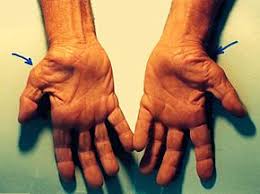
What is Carpal Tunnel Release?
Carpal tunnel release is a surgical procedure wherein patients with carpal tunnel syndrome are treated. In this syndrome, patients feel constant pain and weakness in the hand due to the pressure of the wrist’s medial nerve.
Similarly, carpal tunnel in the wrist is a passage that allows passing of the median nerve and the tendons, which collectively help us to flex the fingers. Pain is obvious as the tunnel is slender which sometimes lets the nerve to be pinched.

What are the types of Carpal Tunnel Release?
There are two kinds of carpal tunnel release surgery.
Let’s look at both:-
•Traditional Method: - This type is open release where the wrist is cut open to do the surgery. • Endoscopic Carpal Tunnel Release: - It’s a modern method wherein a camera-containing tube gets inserted in via a small incision. The surgery is helped by the same camera.

Sign and symptoms of Carpal Tunnel Release
Doctors recommend this surgery in specific cases, like:
•Non-surgical treatments have failed to bear results • Symptoms persist for long, say over 6 months • When nerve damage is witnessed • When the thump seems to lose its vigor • When the fingers or hand feel a consistence loss of feeling • In case of damage to the median nerve • When growths or tumors are reported

Treatment of Carpal Tunnel Release Surgery
First of all, the patient is given numbing medicine to avoid any feeling of pain in surgery. The doctor creates more space for the tendons and nerves via cutting through the carpal ligament.
A tiny cut is made neat the wrist (in the palm), followed by cutting the ligament that encircles the carpal tunnel to let the median nerve feel less pressure. In some cases, tissues in the region of the nerve are taken out as well.
In the end, stitches are used to close the skin and tissue. In some cases, a tiny camera is also used to perform the procedure. The patient may be awake but give relaxation medicine during the surgery.

